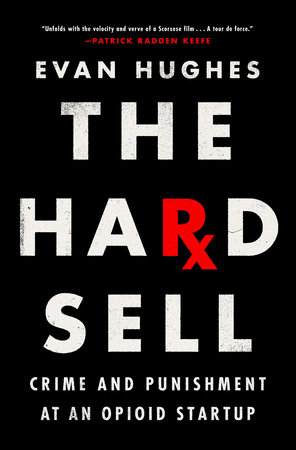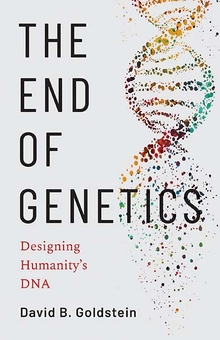Law, Violence and Constituent Power. The Law, Politics and History of Constitution Making
The work argues that rather than the idea of a constitution being the result of political participation and deliberation, all power instead is based on violence. Hence the creation of a constitution is actually an act of coercion, where, through violence, one social group is able to impose itself over others. The book advocates that the presence of violence be used as an assessment of whether genuine constitutional transformation has taken place, and that the legitimacy of a constitutional order should be dependent upon the absence of killing and violence.
The main thesis of this book is that political orders are founded on violence and that constitutions, including those establishing liberal democracies, are the legal translation of this seminal coercion. In spite of the huge literature that has in recent times exploded around the constitution-making processes, the factor of violence has been scarcely considered in the assessment on the appearance of a brand-new constitutional framework. Instead, as had been developed by constitutionalism since the American and French eighteenth-century transitions, scholars have been more centred in observing the public involvement in the drafting of fundamental rules and, thus, associating popular mobilization and deliberation with constitutional legitimacy. Struggles were focused in building a narrative able to justify why a constitution enjoys supremacy over other popular representative institutions. To put it in a very reductive way: “if a constitution prevails over other norms adopted by the People’s representatives, that happened because the constitution was not passed by the representatives but by the People itself.” Here is, in a nutshell, the popular narrative on which constitutional legitimacy is grounded. But, as a historical analysis reveals, it has been violence, and not a collective action of “the People,” which usually (or always) has surrounded the formation of a constitution and ensured its effectiveness.
My idea is that, if instead of focusing on the devices of popular participation (elections to a constituent assembly, constitutional conventions, round-tables, or referenda) we pay attention to the coercions involved in such processes, we should conclude that wars, genocides, killings, or massive infringements of basic human rights cancel any narrative on the democratic grounds of fundamental laws.
Agree. In chapter 5 you'll find details about Secessionism in Catalonia, well explained.
Another book on the same topic:













